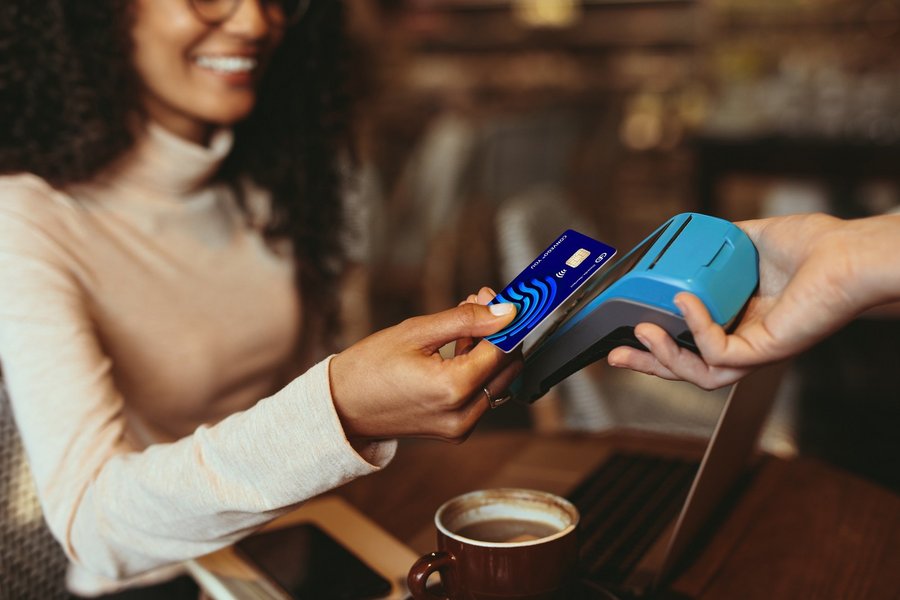Addressing security concerns
Of course, all these contactless payment methods will need to demonstrate they are secure and reliable to protect against fraud – and they need to deliver the speed and convenience that consumers expect. In fact, with the right technologies in place, retailers, banks, and other firms that receive or provide contactless payments can indeed provide protection from fraud while offering customers a safe and efficient payment journey. Tokenization, which replaces sensitive data with a non-sensitive equivalent such as a unique string of numbers, is one means of achieving this. Another is biometric security, which is fast becoming a key part of the contactless payments process.
In essence, biometrics use an individual’s physical or behavioral traits to identify them. Biometric fingerprint and face ID technology, for example, is now a standard part of many smartphones, and is used to authenticate Apple Pay transactions. Behavioral biometrics goes a step further by identifying a person by their unique behavior when they interact with their smartphone – for example, how they hold the device or how they type. This paves the way to a truly frictionless experience if implemented correctly.
Juniper Research forecasts that mobile biometrics will secure $2.5 trillion in mobile payment methods by 2024.3 Another glimpse of the future can be seen in China, where Alipay’s smile-to-pay technology allows customers to link an image of their face to a digital payment system or bank account and make a purchase simply by posing in front of point-of-sale machines equipped with cameras. The system has already been rolled out in 100 cities, and while it has sparked data privacy and security concerns, its supporters believe the convenience outweighs the risks.
Such frictionless payment systems tap into the fact that customer experience is one of the key differentiators when it comes to the innovation of payment methods. One Accenture survey, for instance, has found that about 70% of millennials and GenZ are interested in both digital payments and the type of management services that offer more control of personal spending.





